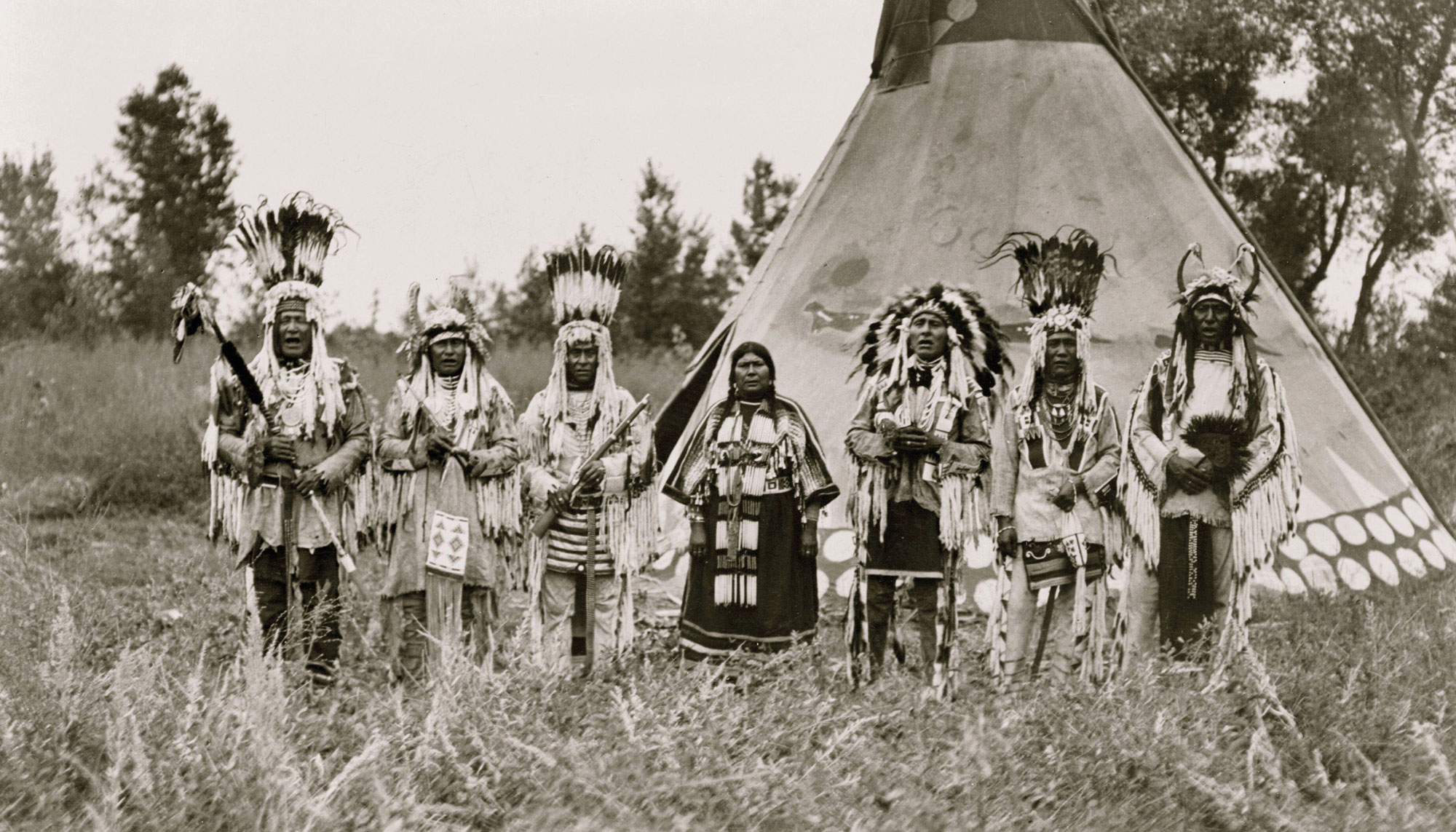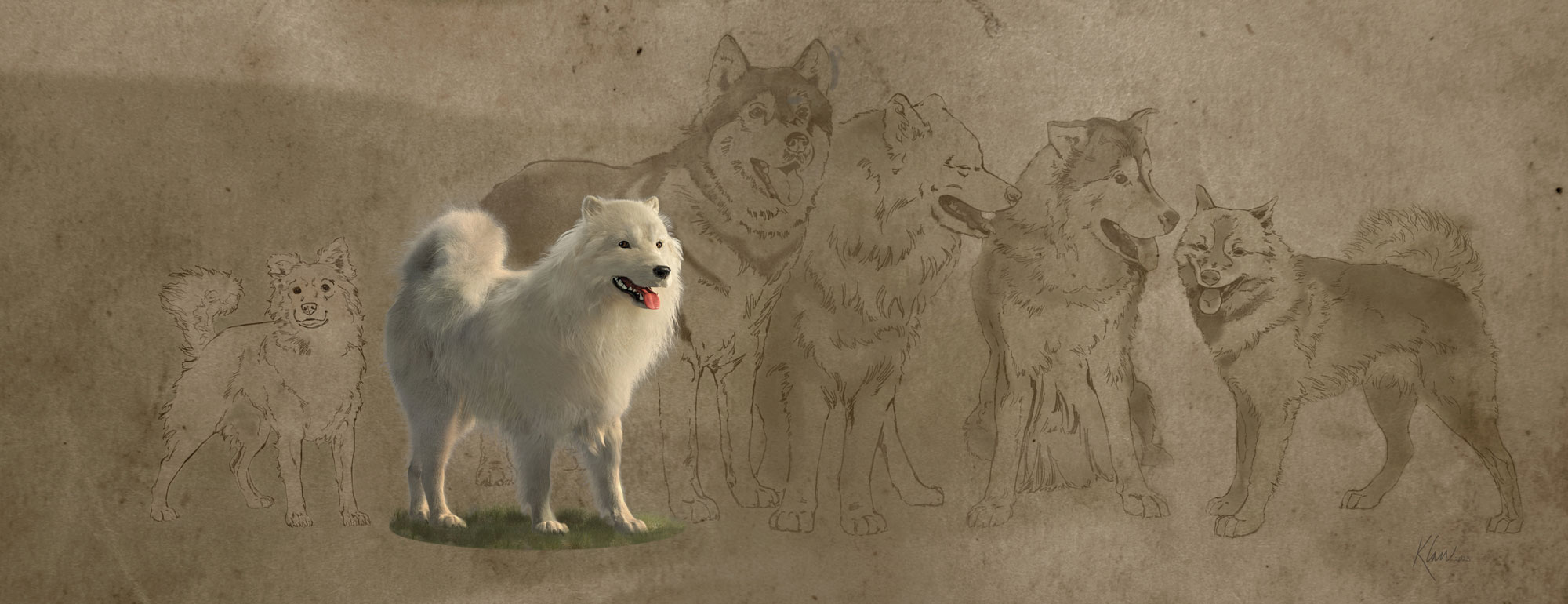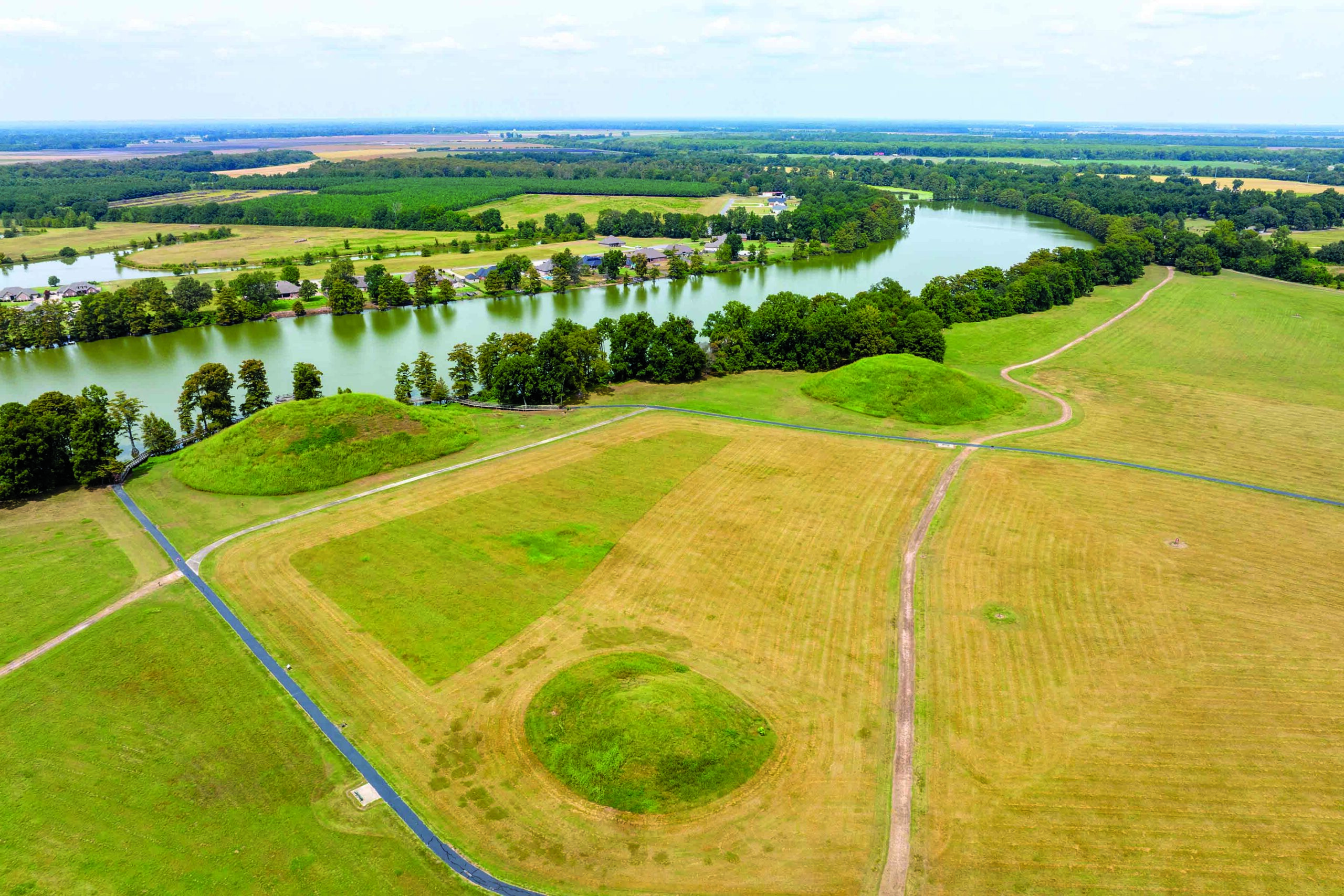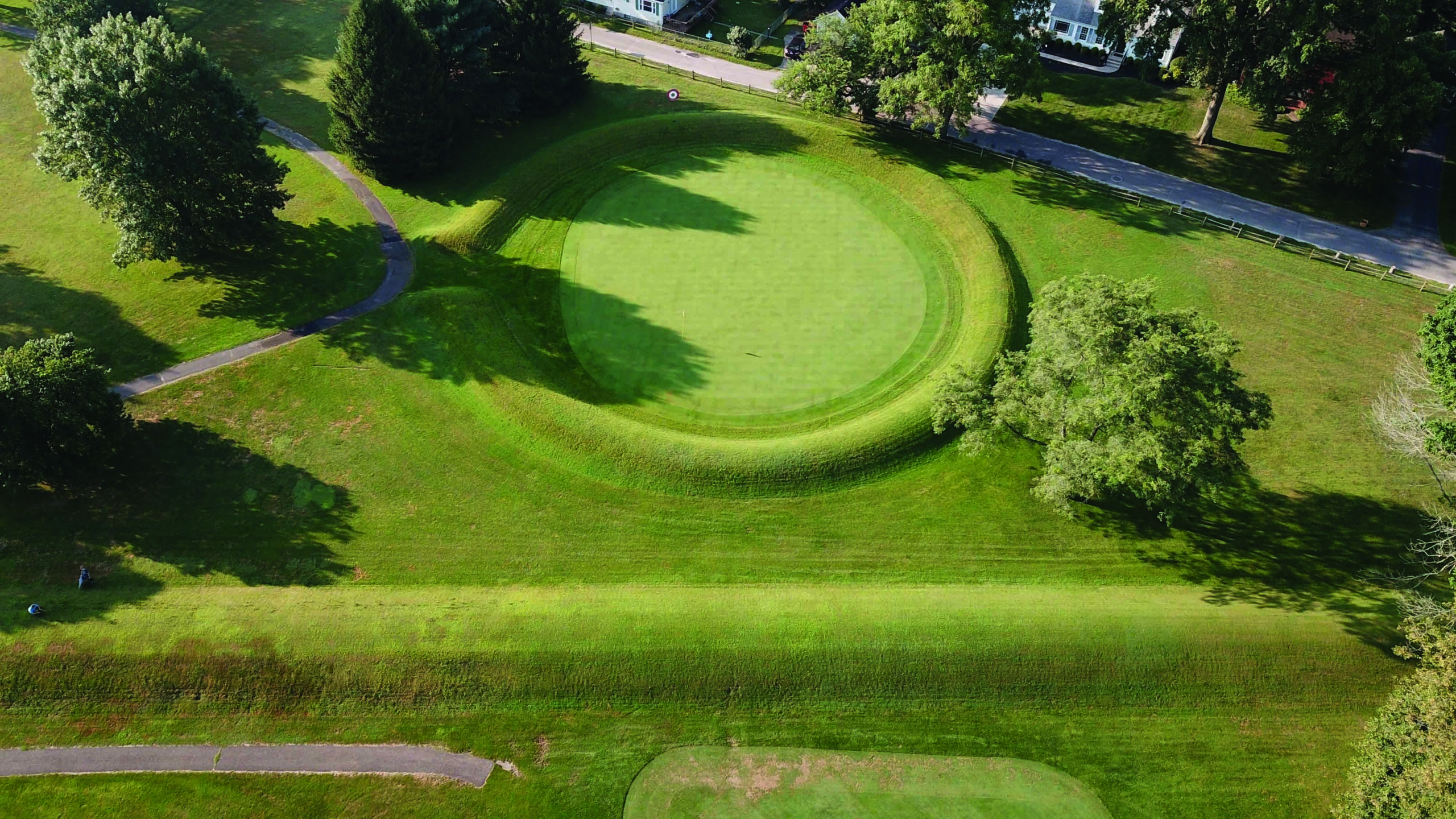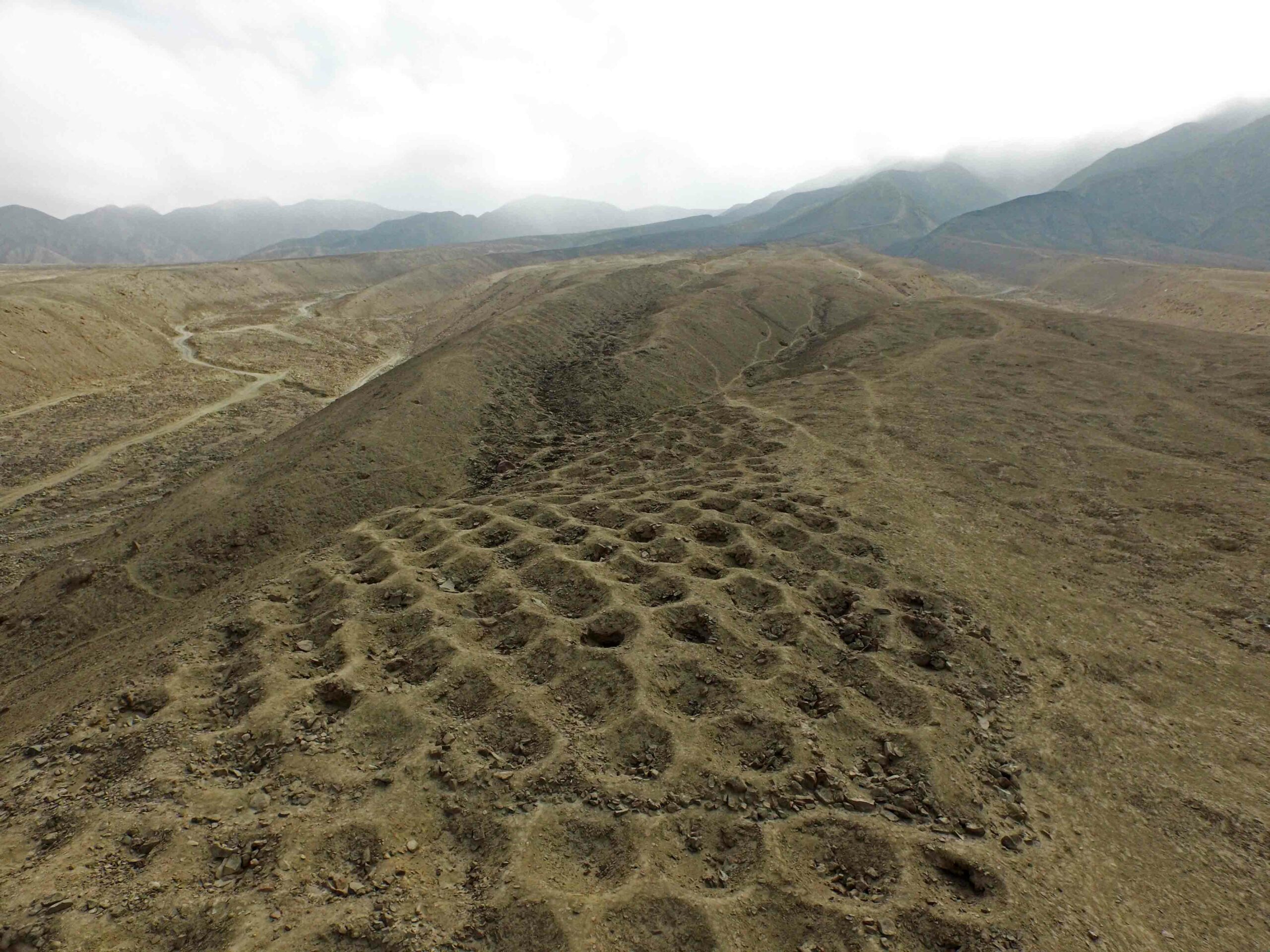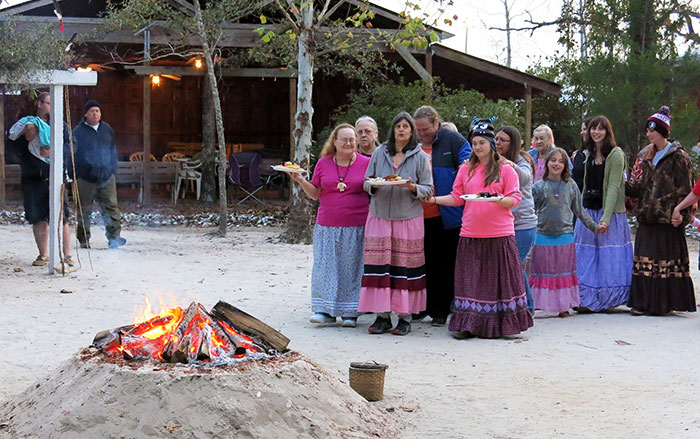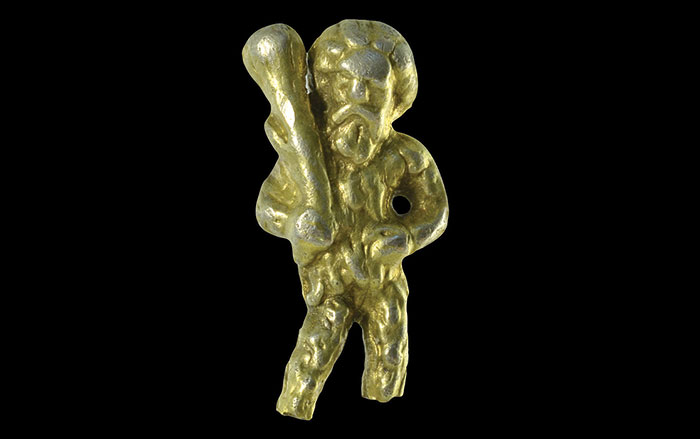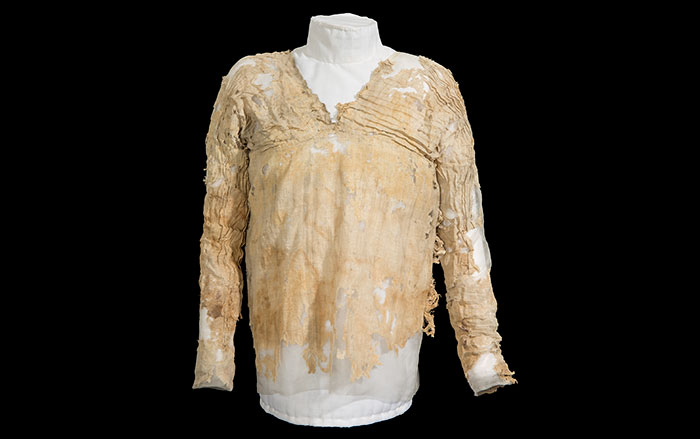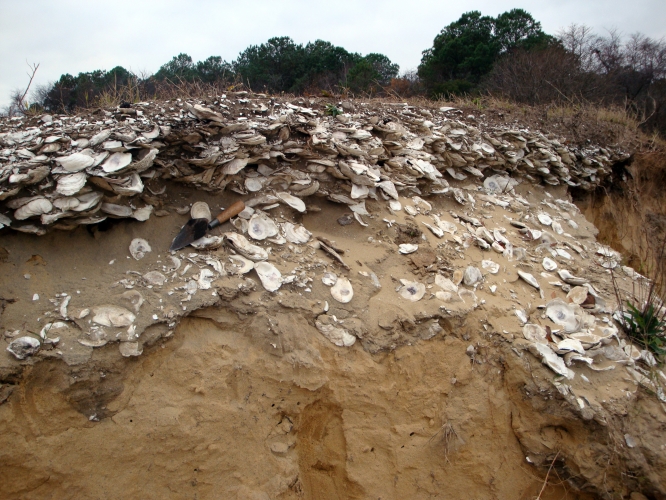
EDGEWATER, MARYLAND—Ecologist Denise Breitburg of the Smithsonian Environmental Research Center teamed up with biologists and archaeologists to survey the oyster population in the Chesapeake Bay dating back 800,000 years. They found the oldest shells in Native American middens in the area dated to 3,200 years ago. They also measured the size of the oysters, to see if they were harvested before they reached full size. The results of the study suggest oysters were much larger hundreds of thousands of years ago than they are today, but they didn’t decrease in size between 3,200 and 400 years ago, when Native Americans were harvesting them. Torben Rick of the Smithsonian Institution told NPR he thinks Native Americans fished close to shore, and rotated fishing sites seasonally, giving oysters space to recover, grow, and reproduce. Since then, pollution, overfishing, and dredging have damaged oyster populations. “Ultimately, it’s about rethinking our oyster strategy so we can have our cake and eat it too,” he said. To read more about prehistoric life on North America's coasts, go to "The Edible Landscape."


